- Home
- Video Courses
- Certifications
- 1z0-821: Oracle Solaris 11 System Administration Dumps


1z0-821: Oracle Solaris 11 System Administration Certification Video Training Course
1z0-821: Oracle Solaris 11 System Administration Certification Video Training Course includes 91 Lectures which proven in-depth knowledge on all key concepts of the exam. Pass your exam easily and learn everything you need with our 1z0-821: Oracle Solaris 11 System Administration Certification Training Video Course.
Curriculum for Oracle 1z0-821 Certification Video Training Course











1z0-821: Oracle Solaris 11 System Administration Certification Video Training Course Info:
The Complete Course from ExamCollection industry leading experts to help you prepare and provides the full 360 solution for self prep including 1z0-821: Oracle Solaris 11 System Administration Certification Video Training Course, Practice Test Questions and Answers, Study Guide & Exam Dumps.
Updating and Managing Packages
5. Managing Software Packages pt. 2
In the second part of our session on managing software packages, we're going to look at the command-line interface for IPS and use the package commands, the Pkg. Now, using the command-line interface is a little less intuitive than the GUI. However, if you're a command-line junkie like a lot of Unix and Linux folks are, then it should come easy to you. Now the command-line interface does everything that package manager's GUI does—and a lot, lot more. It's really easy to use the package manager, but it's just as easy to use the package commands. Here's a format listed on the screen that you would use. You simply use the Pkg or package command, and then there is usually a subcommand that follows. and then options. You might see things like "package installer," package update," or "package set publisher." And in fact, in the example on the screen, we are going to use this example to add a new publisher to the publisher set for IPS. So let's go ahead and do that real quick. Let's look at the package commands at the command-line interface. Okay, we're at the command line here. Let's clear this up a little bit. and what we're going to do first is look at package help. And package help will give us some usage information on the package command itself. And if we scroll up just a touch, we can see the different options and so forth that you can have for packages. There are a lot of different things you can do here, obviously, and many of those we won't go over. However, I would recommend that you look at them for the exam. Mostly what you'll be testing on will be the very basics of package management, but it would help to look at all the different options available to you. Some of the things you might see on the exam and things you might be expected to do on a daily basis include things like listing packages, which we'll pipe into the more commands to see a little better. And this is every package that's on the box, and there are a lot of them here. And we saw this listing in the GUI, just in a different format. And because the way I've got my screen size setup for the recording, it's a little wonky, but if you view it in your terminal with the defaults, then you should see a very clean-looking listing here, and we can just take a break here. Now another thing we can do is look to see if there are any updates for packages by simply typing package update. And it's going to do a lot of the same things we saw earlier in the package manager GUI. It's going to go look at the repository, refresh the catalog, and then go see if there's anything else out there that needs to be updated, such as patches, security things, or security patches, and applications. No more updates are available for this image. So we're doing good. The other thing we can do is look at things like the publishers, and that should just tell us Solaris because that's the only publisher we have listed right now. Let's go ahead and add a publisher, and we're going to add the one we spoke about earlier. Now, this is a community publisher, the OpenIndiana project, and it can give you some really good software packages for Solaris Eleven. And all we need to do is put our command package and then our optional commands into Publisher. We'll put the information we need in there. Now, I would highly recommend that you look at some of the options that you're going to see because you may need to know them. And of course, we probably can't teach you every single option there is for the package commands. There are just a lot of them, but it would help if you just took a look at them on your own and kind of got an idea of what they generally do. All right, let's go ahead and add this publisher. It's going to go out on the Internet. It's going to look at the catalogs. And there we go. Now we have added a new publisher. Now, if we go ahead and do a package publisher again, we'll see that there are two different publishers in there now. So we've added a publisher. And again, there are all these different things you can do with the command line that you couldn't really do with the GUI. We can actually look for packages by their extensions, or the type of package they are. We can verify the package. We can look at package install histories and do quite a few things. We can unset publishers. We can add publishers, obviously, as you saw, so we can do a lot of things. The one thing you need to understand is that there are so many things you can do. You probably need to take the time to go in and play with this command a little bit, especially before the exam. We can teach you the basics and learn how todo some of the basic day to day things. But in order to get into the really heavy stuff, it's probably going to take some studying and memorization on your part. So that's the essence of the package command. At the command line interface for IPS, we've talked about the GUI and the command line interface now, and you can use either one. It doesn't matter. And in a later session, we're going to talk about boot environments with IPS.
6. Administering the Boot Environment
For our next topic, we're going to look at administering boot environments in IPS. Now, you might be wondering what a package manager has to do with managing boot environments. Well, the answer is simple. The way Solaris 11 refers to boot environments, there are multiple images with different kernels, software, applications, or updates, and you can have multiple images on a box so that you can boot into each separately, each boot environment, and have different kernels and software, and so forth. Now, only one boot environment can be active at a time, but you can have multiple boot environments installed. Now, what typically happens is that you have an image that is installed by default when you install a Solaris box, and this is named by default "Solaris," and that's your base image, and it's your only active image. You can also create additional images that are exact copies and save those images for later or update them if you want to try out new software without damaging your initial image. So there are different ways you can manage these boot environments. Now, you can use the package manager GUI to a small degree, but typically we use the command line interface, the Beadm command, which stands for Boot Environment Admin, and you can manage the boot environments with these two utilities. So let's go ahead and take a look at both. We're in Solaris Eleven again, and we're going to look at the package manager really quickly, and what we want to do is look at files and manage boot environments. There's not a lot to see here, actually. In this GUI, you don't have much control over the boot environments. In a moment, I'll show you the few things that you can do,I'll show you in a moment.Right now we have one boot environment installed, and that's the default Solaris One that was installed when the box was installed, and it shows that it's active on reboot. It also shows that you can delete it, but you can't do that with the default active boot environment, and it will actually tell you this is the currently active one. So let's go ahead and cancel this for right now. Actually, let's go ahead and move to the command-line interface. And what we see here is that we're at the prompt, and I've already logged in as root, because you can't perform some of these boot environment commands without being root. So let's just go ahead and run a simple Beadmlist command, and this will list the active boot environments. And this really is a repeat of what we saw a moment ago in the GUI. You got the Solaris 10 environment; the NR shows that it is the active one and that it will be the active one on the next reboot. And that's important to know, because you can set which one will be active on the next reboot in the GUI itself. Let's go ahead and create a boot environment. We use the Create command to do that, and we can name it anything we want. I'm just going to name it the BTC Test. That will be our new boot environment. So we're going to create that. And right now, what it's going to give us is a snapshot of the current boot environment. Let's go and do another list. And now that we see that, we have a different boot environment created, and right now there's not much to it; it's just basically a snapshot. Let's go back for a second to the GUI and let's cancel this out. We want to refresh this, so let's go and manage boot environments again. And we should have two boot environments, which we do now. We can actually change these and make this one the active one when we reboot. Now, it is an exact copy of it, but the exact copy is really just the changes. It will save the changes and make a different image when it reboots. And you can delete it from here as well. You can delete this boot environment. You can also rename them from the command line, but you cannot do anything with the active image. Let's go and leave. That's the way it is. We'll say cancel. Let's go back to the command line and let's go ahead and destroy this. And that's how you delete one, which is to destroy one, and you have to specify which one you want, and it will prompt you to see if you're sure and tell you that it can't be undone. And we'll say yes to that, so let's go ahead and look at the BEADM list. So what we have is we're back to where we were, and I think if we go back into the GUI, we'll see the same thing. We'll see that it's been removed from the list of boot environments, and there are other commands we can use via adm for, so let's take a look at a couple of them. We have several commands. We can activate a boot environment. We can create it, obviously, and there are different values we can assign to the boot environment itself. We can destroy them; we can list them. We saw that already. We can mount them at a different mount point, and we can rename them. The one thing you need to know is that the active boot environment cannot be renamed or deleted. You must change it to a different active boot environment in order to delete or rename that particular boot environment. So BHDM is a very simple command to use, and if you want to play around with different boot environments or make changes to your initial image, this is the best way to do it without damaging anything and without changing some of your initial software or kernel. So that's really all there is to learning boot environments.
7. Troubleshooting Update Issues
Now that we've talked about installing software packages with IPS, let's look a little bit at troubleshooting software update issues. Now, while this is a very easy "cut-and-dried" process, sometimes the installation of software packages can go wrong, maybe due to the bad package itself, but it is also typically due to a bad internet or network connection. It could also be dependencies. There may be software that must be installed prior to the software package that you are attempting to install. Now, typically the package manager will let you know if there are dependencies that have to be installed first, and it'll go ahead and install them automatically for the most part. But every now and then, there may be a dependency that's not being met. Maybe you've uninstalled a piece of software manually or it's been accidentally deleted or it's corrupted, and that may be an issue. The other issue that can happen is incompatible software. There could be software that, even if it's in a valid Solaris 11 repository, may not be exactly for your system for various reasons. Maybe there's a hardware problem, maybe there's a problem with the software you already have on your system, and all of this can lead to incompatible software and errors. Now, package managers usually give you some pretty good information about bad installations when you do get them, which is not very often, and while they may tell you what you can do or give you an idea, they will at least give you a good start. There are some other things that you can do to troubleshoot or run the package commands from the command line interface, and some really common ones that will just give you information about the package itself. That may give you clues to troubleshoot our package info package contents, which tells you what the contents of the package actually are and the package history of a particular package. Maybe you've installed different versions before and there's a versioning issue, and ultimately you can do a package uninstall and get rid of the offending package and maybe try to reinstall it again or get it from a different repository. There are times when packages in the repositories themselves may be corrupt. Let's go ahead and take a look at a couple of things with the package manager GUI and with the command line interface to help you troubleshoot a little bit. OK, we're looking at package manager, and what I want to do is install a package for you and see if we have any issues with it. I'm going to use the SFE, the Open Indiana Publisher, that we installed previously in a different session, and I've looked through there and selected some applications I want to get from that particular repository. Abby Word, an older word processing system that has been used in Linux for many years, has also been ported to several other platforms. Let's go ahead and install and update that real quick and see what we get out of it. So tell us a little bit about it. So, with a fast-featured word processor, let's go ahead and get it going. And unfortunately, we have errors. Now why are we getting errors? And you can see that this is where there may be issues with the package itself, while there may be incompatibility issues and so forth. And basically, the error message is telling us that there's no matching version of the desktop word processor. Abby Word can be installed, and it's telling us why it looks like a dependency. All acceptable versions of the required dependency on packages s and s are obsolete. Of course, you can read the package name, library nomenclature print, and so on. And it's rejecting this because of the dependency issues. And it looks like those are versioning issues with the dependencies. So at this point, you can go find a different word processor, or you could try to resolve the dependency issues with Abby Wordby by going and looking at these particular packages. may be updating these packages. It looks like Perl is out of date, and it looks like the known print package is out of date. So you would probably have to go and update those two packages first, and then be able to install Abbeyword. That's probably the right solution. But I will tell you that Abby's Word is an older program, and even though it's very good, there are more current, more fully featured programmes out there that you could use. So sometimes it may or may not be worth it to troubleshoot. You may just want to go find a different package. Let's get out of this. Let's drop to the command-line interface for a moment. And what I've done is I've pulled up the package commands, and I want to point out a few of them to you. And there are so many different options with the package command that you can use to troubleshoot with.And we mentioned a few of them on the screen earlier in the slide. We've got refresh and uninstall, obviously, and we can look at package version. Of course, we suspect version issues. Here are some advanced commands for getting the package info and the contents: We can also verify packages, and when we verify them, we can verify their installation and their digital signatures if they have one. We can also do a package fix or package revert. A package revert may go back to a previous version of the package. So that's one thing you can do to troubleshoot package installation issues. There are a few other ones that we won't go through, but you can go ahead and read through the documentation and figure out what some of them are. And in some cases, they may or may not help you troubleshoot, but they might. It's a good idea to get familiar with the package command set, and that's the basics of troubleshooting, package installation, and software update issues on Solaris 11.
8. For the Exam
Now that we've gone over IPS, you should understand it a little bit better. Now, for the exam, you're going to need to be able to explain the use of IPS to update any software on Solaris Eleven, whether it be applications, patches, updates, and so forth. Worth, we need to be able to understand how to use the GUI itself for package management as well as the IPS command-line utilities such as the package command and its extensions. To manage packages, we also need to understand how boot environments are created and managed, and you need to be aware of how to do that and why you would need to do that. We discussed that a little bit in previous sessions, so study these things for the exam. Again, if you have questions, review the course material. And it would also be a good idea to look at Oracle's documentation on the subject online. at the Oracle site. You.
Student Feedback
Download Free Oracle 1z0-821 Practice Test Questions, Oracle 1z0-821 Exam Dumps
| File | Votes | Size | Last Comment |
|---|---|---|---|
| Oracle.braindumps.1z0-821.v2024-03-02.by.evelyn.146q.vce | 1 | 2.81 MB | |
| Oracle.Testkings.1z0-821.v2019-02-20.by.Ryan.148q.vce | 6 | 2.78 MB | Oct 21, 2019 |
| Oracle.Passit4sure.1z0-821.v2015-04-08.by.Reuben.259q.vce | 9 | 2.45 MB | Dec 08, 2017 |
| Oracle.ActualTests.1z0-821.v2013-03-20.by.anonymous.156q.vce | 14 | 1.48 MB | May 23, 2018 |
Similar Oracle Video Courses
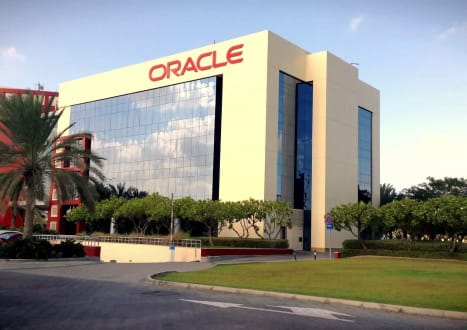
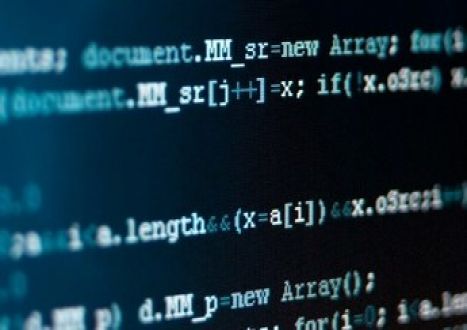
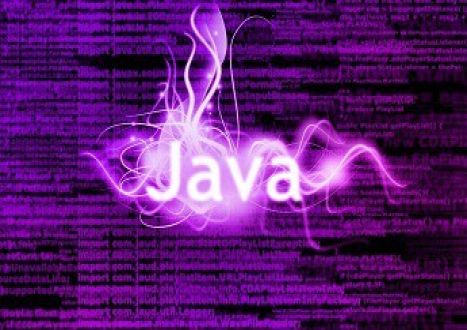

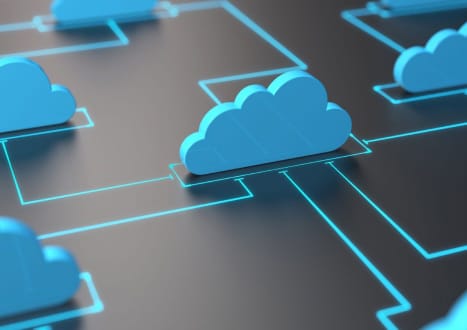
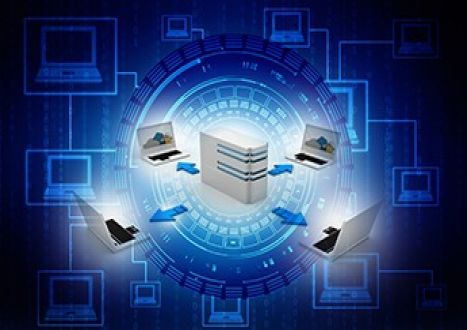





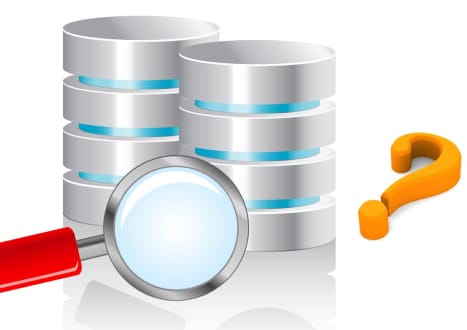

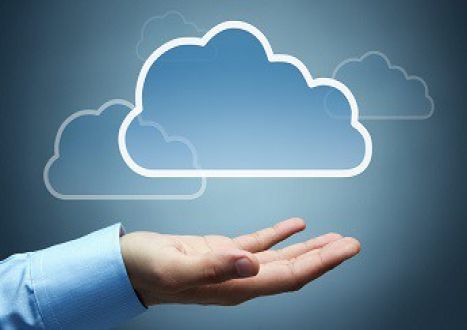












Only Registered Members Can Download VCE Files or View Training Courses
Please fill out your email address below in order to Download VCE files or view Training Courses. Registration is Free and Easy - you simply need to provide an email address.
- Trusted By 1.2M IT Certification Candidates Every Month
- VCE Files Simulate Real Exam Environment
- Instant Download After Registration.
Log into your ExamCollection Account
Please Log In to download VCE file or view Training Course
Only registered Examcollection.com members can download vce files or view training courses.





Add Comments
Feel Free to Post Your Comments About EamCollection's Oracle 1z0-821 Certification Video Training Course which Include Oracle 1z0-821 Exam Dumps, Practice Test Questions & Answers.